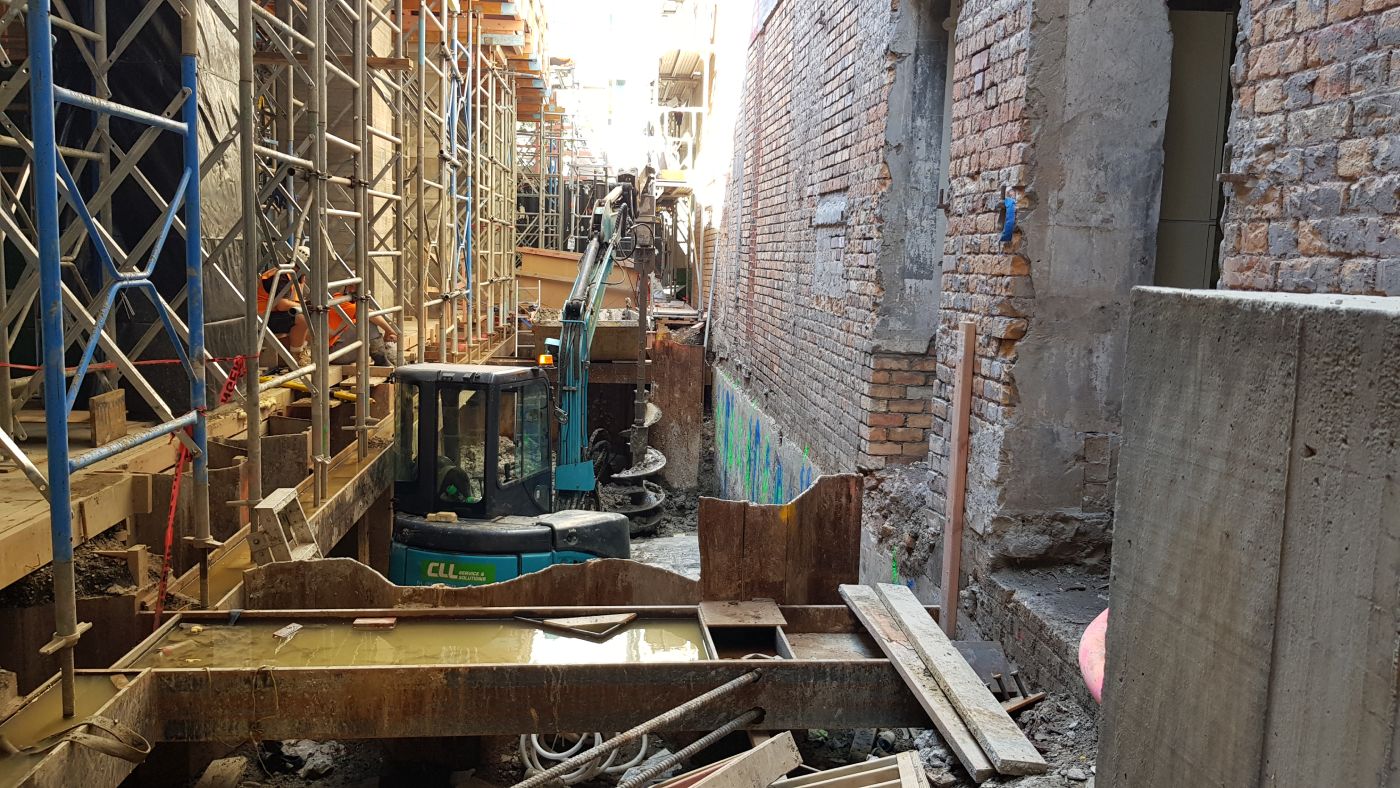Underpinning
Underpinning is strengthening and reinforcing an existing structure’s foundation; usually by extending its depth and breadth.
Underpinning is performed in stages, to avoid compromising all a structure’s integrity at once. These phases are called ‘pins’.
Underpinning reinforces existing foundations, strengthens the soils by introducing an expanding filler, or extends the foundation so the load is distributed over a greater surface area.
Reasons to carry out underpinning include:
- Subsidence or poor soil properties which may have caused the existing building’s foundations to move
- Natural disasters such as earthquakes, floods or droughts
- Adding storeys to a building, so foundations need modifying
- Nearby structures affecting soil stability
- Inadequately designed original foundation
- Building use has changed
CLL has experience in the five main types of underpinning:
- Mass concrete
- Beam and base
- Mini-piled
- Expanding resin injection
- Screw pile
The type, speed, and cost of underpinning is situation and site dependent. CLL advises the best fit and most appropriate solution depending on what is required.
Sometimes, for various reasons, a structure may need additional reinforcement to prevent movement. It may have settled on its particular site, the addition of a next door building may have caused it to move. The most important thing is to steady the ship, even partially reinstate it if required.
“Whatever the situation, whatever the space constraints we have to deal with, CLL has the equipment and expertise to underpin any structure.”

